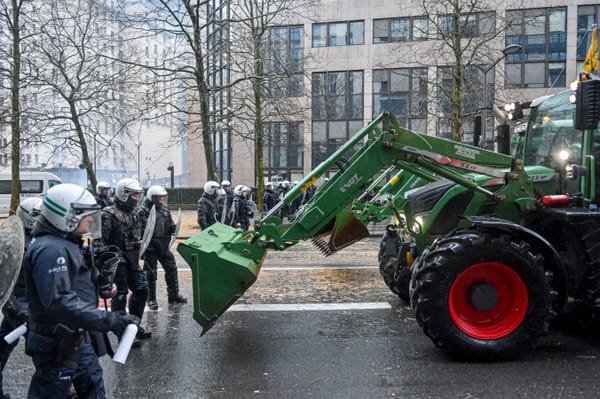All over Europe, farmers, especially smallholders, are revolting against the growing economic and bureaucratic burdens associated with the European Union’s climate agenda. On Monday, they set siege to Brussels institutions once again. But the worst may be yet to come. As one of the largest contributors to greenhouse-gas emissions, agriculture has naturally ended up in the crosshairs of net-zero advocates, especially within the European Union. The problem is that, with current technologies, one can only go so far in slashing emissions in the agricultural sector. So it’s hardly surprising that policymakers, in their drive toward carbon neutrality, have turned to a drastic alternative: reducing agricultural (particularly livestock) production altogether and transforming ever-growing swaths of farmland into so-called carbon sinks.
A carbon sink is anything that absorbs more carbon from the atmosphere than it releases— namely soil, plants, and the ocean. Insofar as agricultural climate policies are concerned, carbon sinks are related to the concept of carbon farming. The term refers to a wide variety of farming methods aimed at “trapping” carbon in the soil. In policymaking terms, the emphasis is primarily on the conversion of cropland and pastures into permanent grassland or forestry, in exchange for which farmers earn “carbon credits” they may sell on carbon markets.
